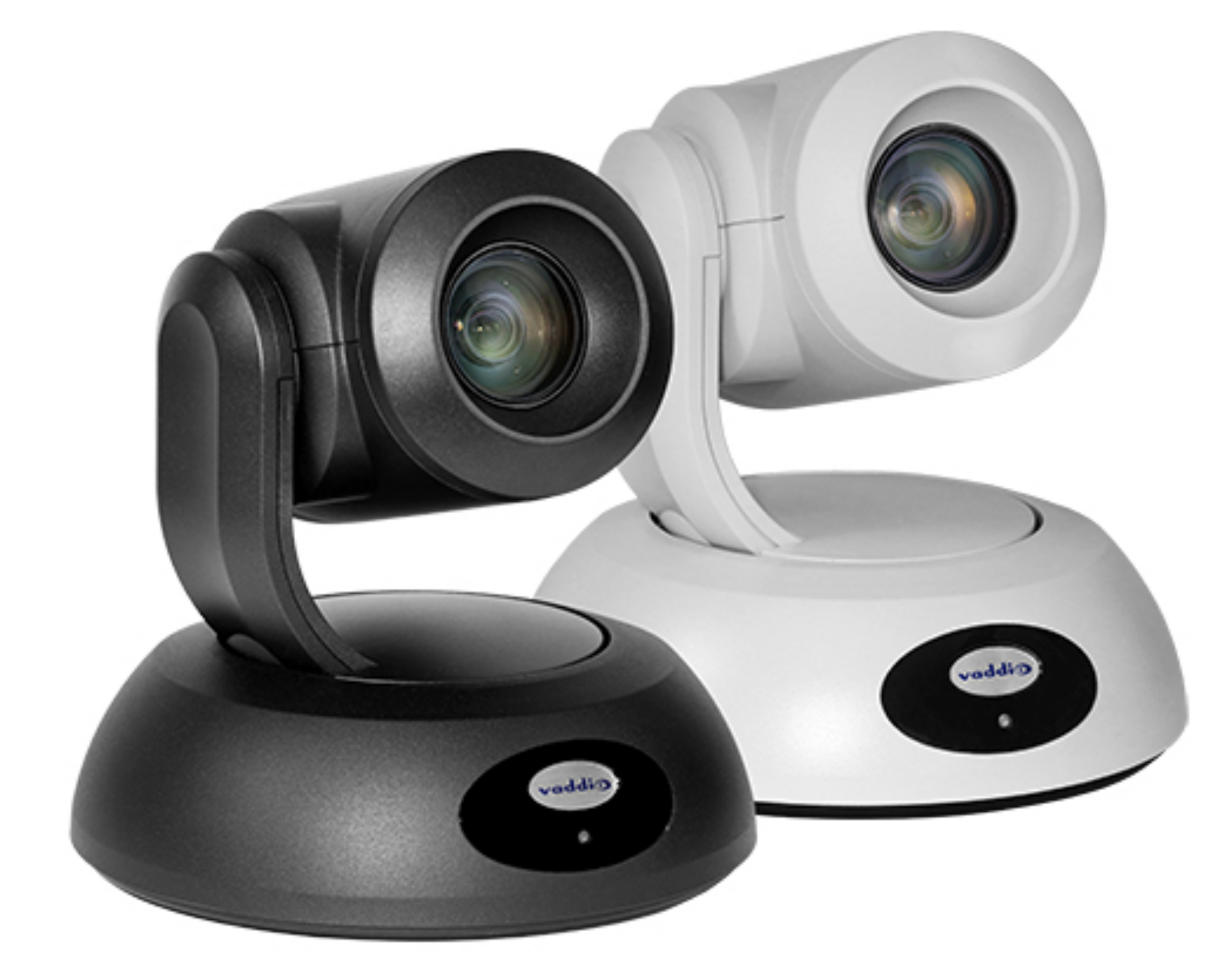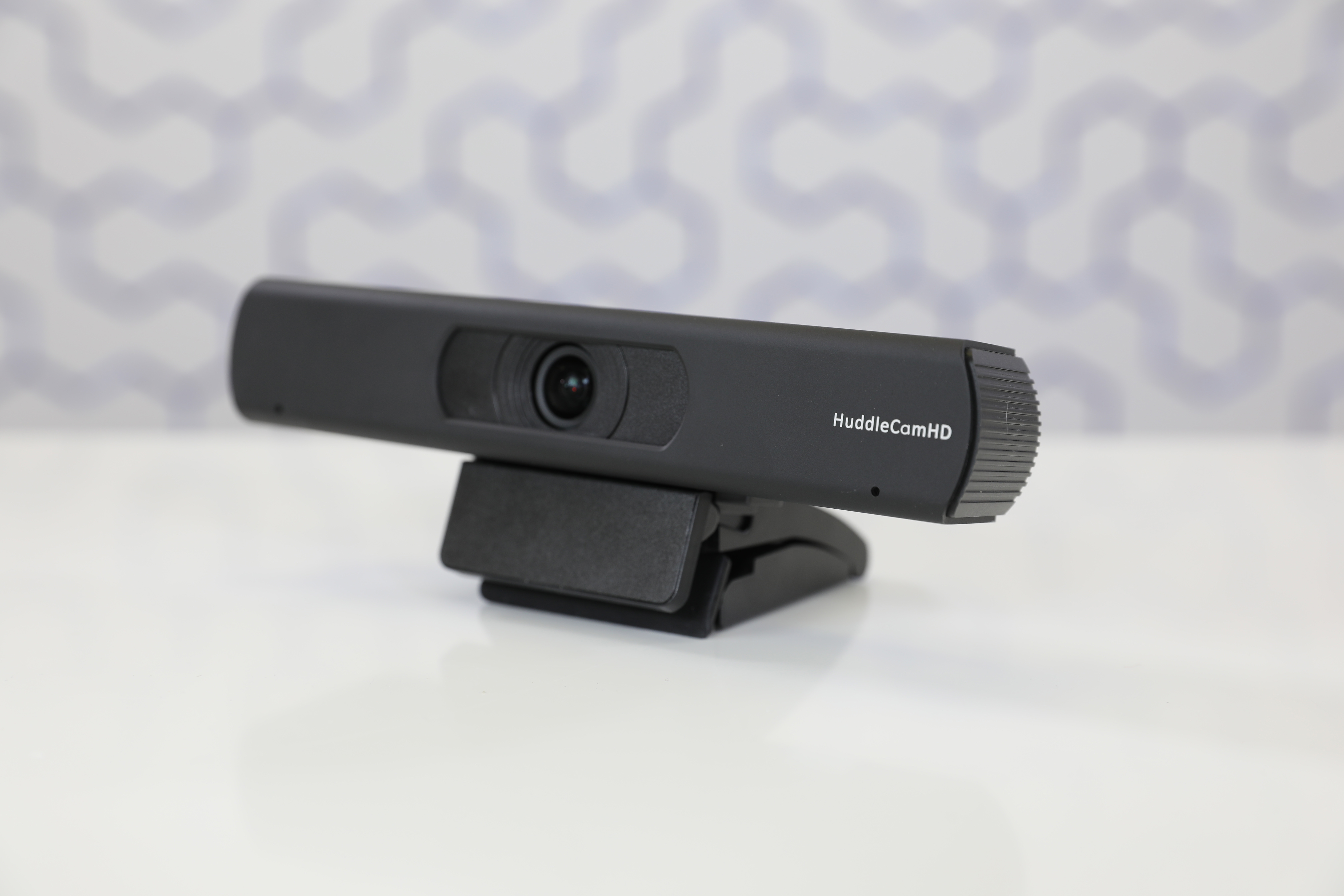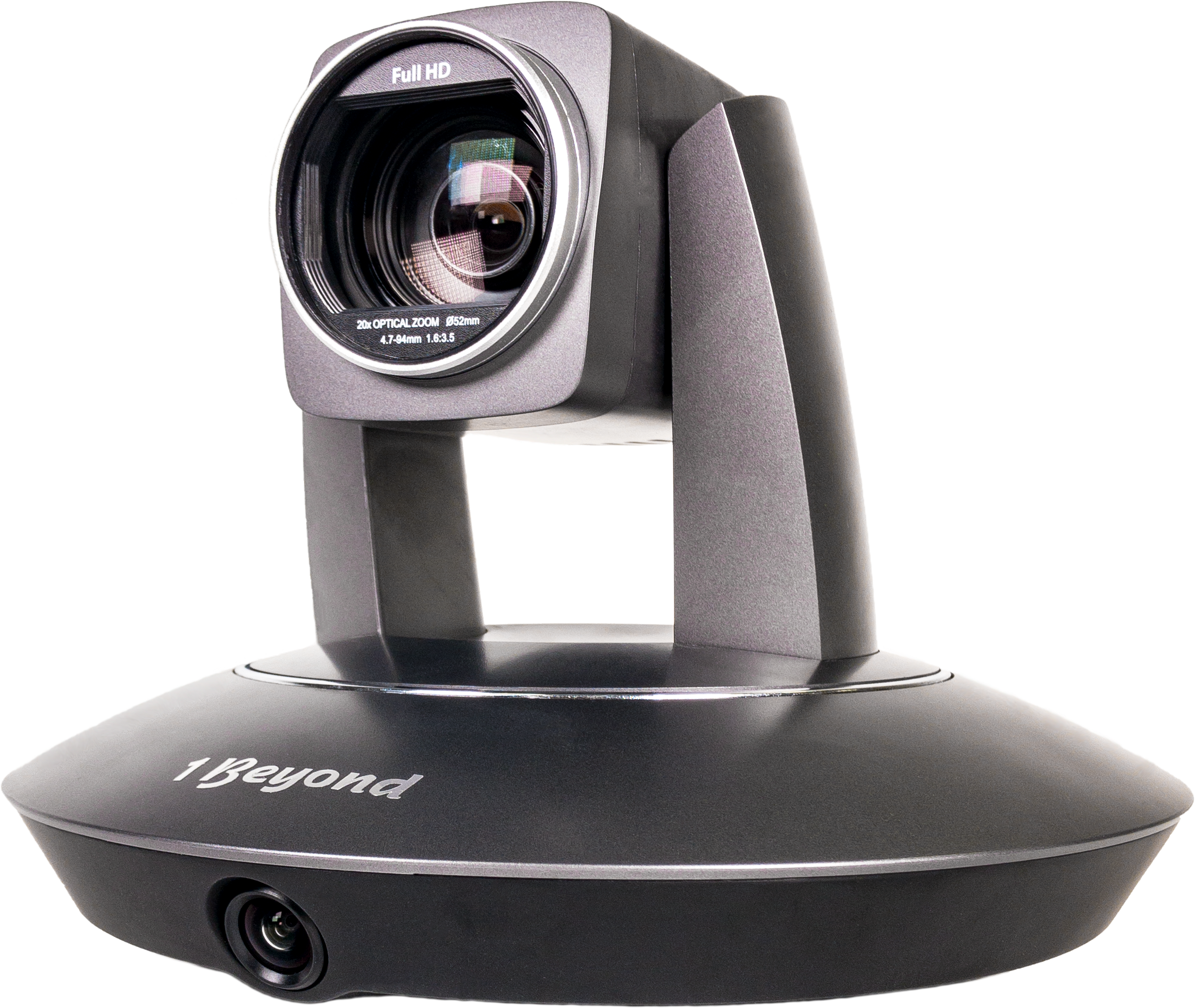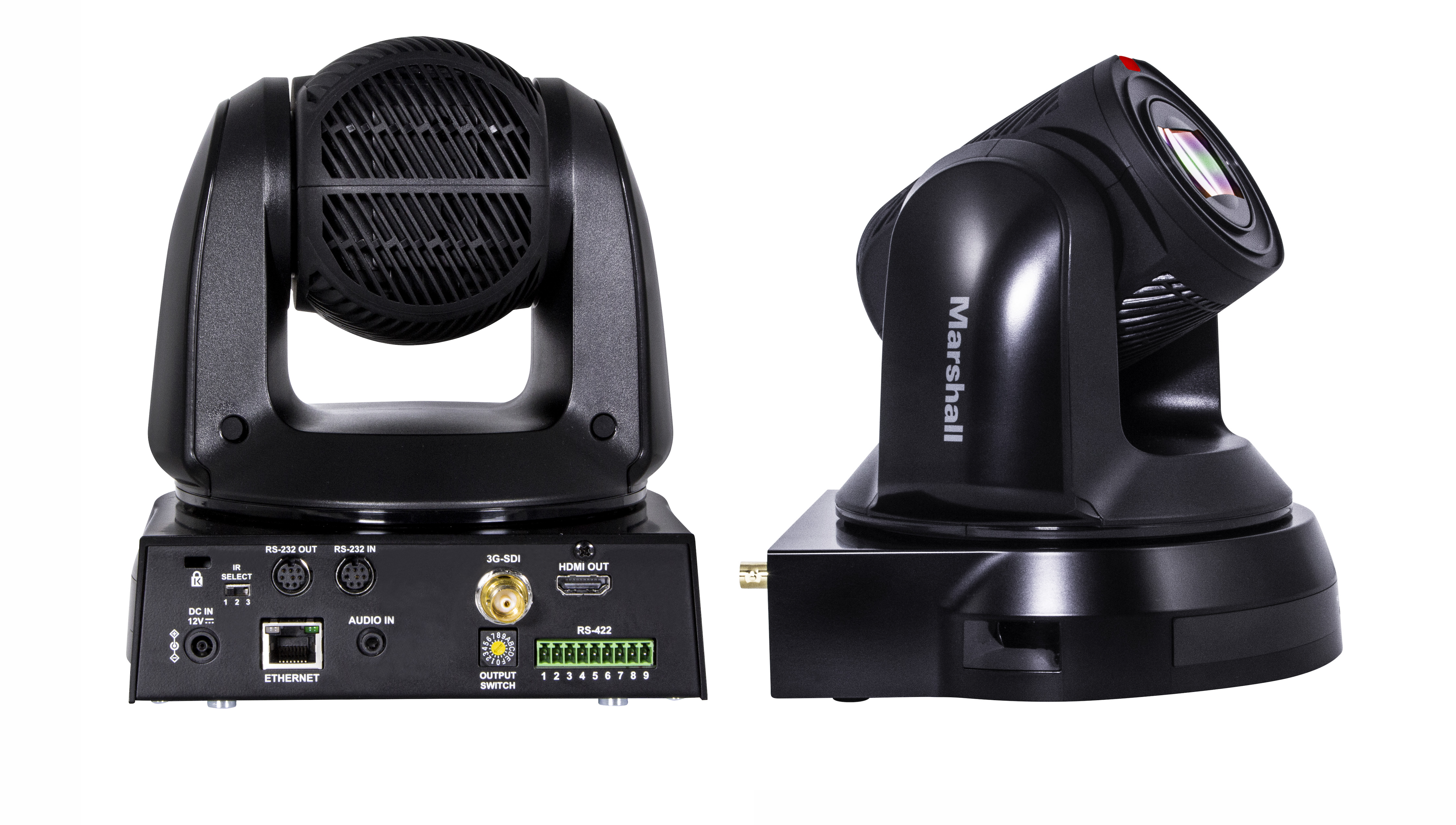As the COVID-19 pandemic spreads, streets and workplaces have emptied around the world. Many local or national governments have ordered that all citizens sequester in their homes, except for those whose jobs are essential to battling the virus or keeping the country running, if at a minimal capacity. With millions working from home or otherwise physically distant from their teams, integrators have a unique opportunity to help businesses, governmental institutions, educational facilities, health care providers, and houses of worship implement continuity plans.
In the United States, the Cybersecurity and Infrastructure Security Agency (CISA) has been monitoring the coronavirus crisis, issuing guidance and working with critical infrastructure partners to prepare for, respond to, and mitigate effects of the virus. Functioning critical infrastructure is imperative during the response to the COVID-19 emergency (or any emergency) for both public health and safety as well as community well-being. CISA, in collaboration with federal agencies, state and local governments, and the private sector, has developed guidance that identifies certain critical infrastructure industries and outlines their special responsibilities in these times to continue operations.
The CISA list is lengthy. Pertinent to this discussion, however, the list includes “employees required in person to support Software-as-a-Service businesses that enable remote working, performance of business operations, distance learning, media services, and digital health offerings, or are required for technical support crucial for business continuity and connectivity.”
Integrators are being called on to set up isolated rooms for key personnel to conduct remote training and critical meetings, to help AV/IT managers service a dispersed workforce, and to provide AV as a Service. The PTZ (pan, tilt, zoom) camera can play a key role.
Scroll through the gallery below to see the latest PTZ cameras for pro AV.
Remote PTZ
Systems integrators looking to support customers in setting up remote workstations, remote instruction, and remote streaming studios from home should be thinking about how they can simplify the process. Consider that many end users will be setting up this type of AV and streaming equipment for the first time—or for the first time without a trained technician by their side.
“Suddenly we’re getting a high volume of calls from end users setting up professional equipment at home for the very first time,” said Tod Musgrave, director of cameras at Marshall Electronics. “We’ve had calls from users who are plugging in the HDMI output of a camera into the output of their PC and asking why it’s not working in a teleconference program. On many of these technical calls, we’re serving as part IT manager and part AV technician.”
One way that integrators can greatly simplify the installation process is to build custom kits for customers to get online quickly. “We recommend including color-coded inputs/outputs with corresponding connection cables and ID labels,” said Musgrave. “A simple diagram with easy-to-understand pictures and symbols can go a long way in removing the guesswork of the setup.” Think IKEA.
During these trying times, AV integrators are needed most to do what they do best. “Integrators can support their clients by showing them how to store PTZ presets, adjust color settings, and save streaming settings to make simple training videos look professional, even if presenters are not in ideal settings,” said Beth Peterson, marketing manager at Vaddio. “At Vaddio, we aim to make products that have built-in remote management and access so AV managers can help their users from afar.”
Vaddio’s RoboSHOT Elite Series, for example, features a web-based user interface that gives the user control of the camera via a web browser from anywhere in the world. It is available in a variety of models (including HDMI, HDBaseT, SDI, NDI, and USB) and can be paired with Vaddio OneLINK extensions for placement flexibility over 300 feet from the rack.
The Remote Conference Room
The power of unified communication platforms such as Google Hangouts, Microsoft Teams, and Zoom have improved the state of videoconferencing. Integrators were already using USB cameras with soft codec computers in the workplace, and now that much of the workforce is at home, there’s no looking back. “The new 4K HuddleCamHD ePTZ webcams take plug-and-videoconferencing to the next level,” said Paul Richards, HuddleCamHD business development, PTZOptics.
“The camera is 4K, which may not be important for videoconferencing, but when combined with ePTZ technology, things get quite interesting,” Richards said. With a 4K image sensor, the camera’s ePTZ functionality gives users the ability to electronically pan, tilt, and zoom within the 4K image space, outputting a 1080p or 720p video feed that’s focused on the speaker or other point of interest. “The camera also features auto-framing technology, which allows it to intelligently frame subjects using ePTZ. In this way, the plug-and-play USB webcam becomes an intelligent camera operator that is ready 24/7 to make meetings more productive and powerful,” Richards added.
Automated Training and Teaching Rooms
[The Technology Manager's Guide to Distance Learning and Streaming]
“HuddleCamHD is helping teachers in the classroom and at home produce high-quality video content for lectures,” said Richards. “In the classroom, many universities are using the HuddleCamHD SimplTrack2 to automate lecture capture.” SimplTrack2 is generally integrated into a lecture capture system such as Echo360 or Mediasite, which combines the auto-tracking camera video feed with the instructor’s presentation. “At home, many teachers are using the HuddleCamHD Webcam 120 or the new EPTZ 4K Webcam. Both are compatible with software such as Kaltura Lecture Capture,” he added.
Rony Sebok, vice president at 1 Beyond, noted that manufacturers have combined software and hardware technologies into integrated solutions that are both easier to deploy and easier to use. “The use of interactive videoconferencing and automated camera tracking solutions provides the benefit of full interactivity and the video quality of a ‘manned’ production crew without the expense or need for personnel,” she said.
Due in part to its auto-tracking features, 1 Beyond’s AutoTracker 3 has been installed in more than 150 colleges and universities across the country, including the Massachusetts Institute of Technology (MIT), Brown, and Indiana University. The camera outputs high-quality 1080/30p video that can be integrated into popular recording and streaming platforms and videoconferencing codecs such as Panopto, Echo360, Mediasite, and Zoom.
The Future
Nobody can say with 100 percent certainty when life and business will return to “normal,” or if the new normal will even resemble the old normal, but we can say in all certainty that the new normal will be informed by technologies that helped bridge our physical separation during the coronavirus crisis.




